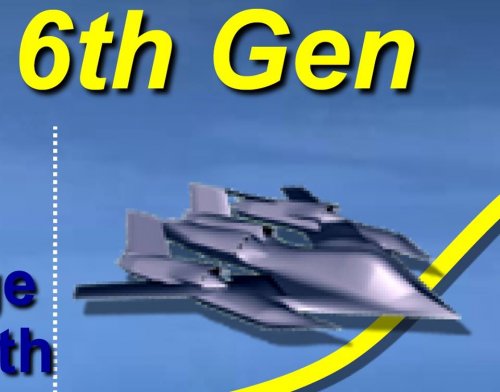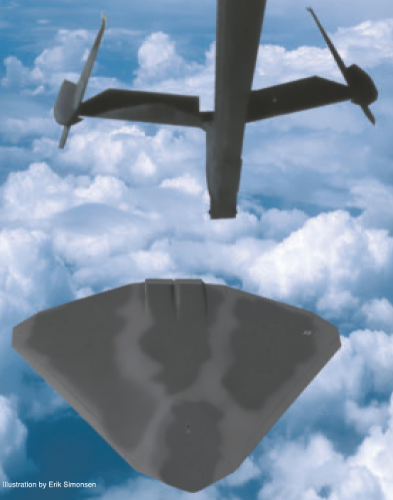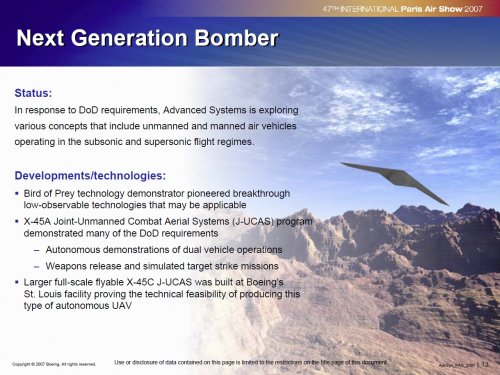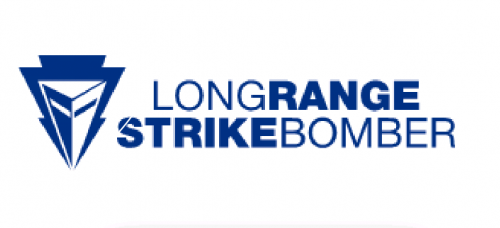No Time or Speed Limits
The Air Force will buy the 80-100 Long-Range Strike Bombers at whatever rate makes the most sense, service acquisition chief William LaPlante said in an interview with Air Force Magazine. Acknowledging that USAF will have a lot on its plate in the 2020s—the LRS-B, the F-35, an F-22 successor, the T-X trainer, KC-46 tanker, and other programs—LaPlante said the bomber doesn’t have to be crammed into a certain timeframe to preserve the overall funding scheme. The aircraft is “foundational” to the Air Force mission for the next 40 years, he said, and the service will trade other programs to keep it, if necessary. The rate of production, he said, will have to be fast enough to obtain learning curve efficiencies, but not so fast that the program suffers from “concurrency issues” like the F-35 experienced. As for the buy range of 80-100 airplanes, LaPlante said the figures recognize “we have never bought anything” in the numbers planned and a range is more “credible” than a specific number. However, because the $550 million average production unit cost is a key program requirement, the 80-100 was set “because you have to have … something to shoot for” to derive a unit cost estimate.
—John A. Tirpak
Feel Free to Do Better
Contractors proposing concepts for the Air Force’s Long-Range Strike Bomber can offer better than the Air Force’s minimum requirements and get paid for them if the price is right, service acquisition head William LaPlante told Air Force Magazine. Although USAF has shown laudable “discipline” on not changing the LRS-B requirements, which he said have remained fixed since 2010 and can only be altered by the Chief of Staff, the service is trying to structure the request for proposals such that contractors can offer “more than the lowest-acceptable technology” solution. However, there are relatively strict limits on weight and volume in the airplane, and any capability over and above the threshold “has to earn its way on” to the aircraft. The strategy is in keeping with the Pentagon’s “Better Buying Power” guidelines, which allow rewarding contractors who offer substantially more capability for only marginally higher cost.
—John A. Tirpak
The 80 Percent Solution
The first version of the Long-Range Strike Bomber is “very deliberately” not the final version, Air Force acquisition chief William LaPlante said in an interview. LaPlante said the first version could be described as the “80 percent solution” to USAF’s ultimate requirement. In previous programs, he explained, the acquisition community would get nervous that “there would be no second version” of a given program because of cost or funding uncertainty, and tended to load up the initial model with more capabilities than were really needed at the start. That made them more complex, added changes and requirements, and “that’s how you get 15-year development” timelines, LaPlante said. With the LRS-B, the “Block” approach—starting with a well-defined capability that is less than the ultimate requirement and then improving it in stages—is being pursued because there’s “historical evidence” that it works better, he asserted. The F-16, he noted, looks largely the same today as it did when first introduced in the 1970s, but “if you open it up … on the inside” the aircraft is virtually unrecognizable from early models, due to improvements and increased capabilities.
—John A. Tirpak




